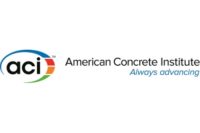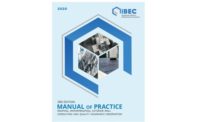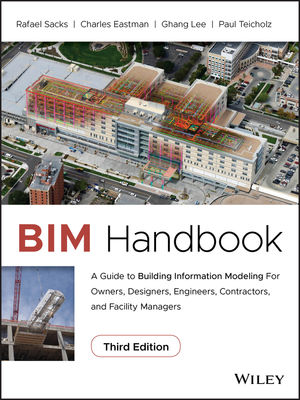AIA Releases Chapters of “Guides for Equitable Practice”

The American Institute of Architects (AIA) and the University of Washington are releasing three new chapters of "Guides for Equitable Practice."
“Architects can do great things, if we work together to lead the changes we need to secure a better future for our profession, without regard to race, socio-economic background, gender, physical ability, native language or sexual orientation,” said AIA 2019 President William Bates, FAIA. “The guides are a one-of-a-kind resource that can help architects build a greater understanding of one another, which is the foundation to creating the meaningful changes we want to see in the architecture profession.”
Newly released chapters of the guides cover strategies for attracting and retaining talent—for individual firms and the profession as a whole—using equitable recruitment and retention practices; skills for equitable and inclusive negotiations; and insights for how mentorships and sponsorships can make workplaces more diverse and inclusive. Last year, AIA released the first three chapters of guides, which explored intercultural competence, workplace culture, and compensation. AIA will issue three final chapters later this year.
Guides are developed using current research on gender, race and culture in the U.S. They include perspectives from architects on what equity, diversity and inclusion mean as well as moral, business, ethical and societal cases that can help individuals, architecture firms and others build equity in their organizations.
“Guides for Equitable Practice” are one component of the AIA’s broad commitment to work with members to overcome inequities and advance the profession. In 2015, AIA formed the Equity in Architecture Commission to address broader concerns about the equitable practice of architecture. The development of the guides was one of the Commission’s eleven recommendations adopted by the AIA’s Board of Directors.
In 2017, the commission’s work was assumed by the AIA Equity and the Future of Architecture Committee. The committee is tasked with helping implement the commission’s recommendations and tackling other equity, diversity, inclusion and workforce issues.
Learn more about AIA’s equity, diversity and inclusion initiatives online.
Looking for a reprint of this article?
From high-res PDFs to custom plaques, order your copy today!









